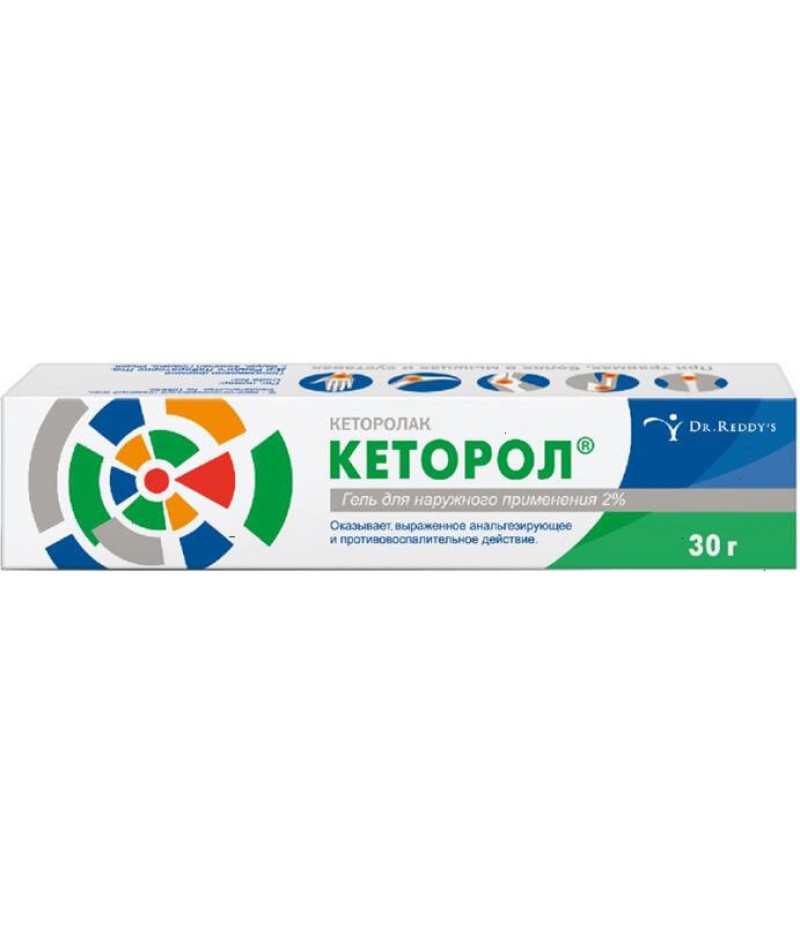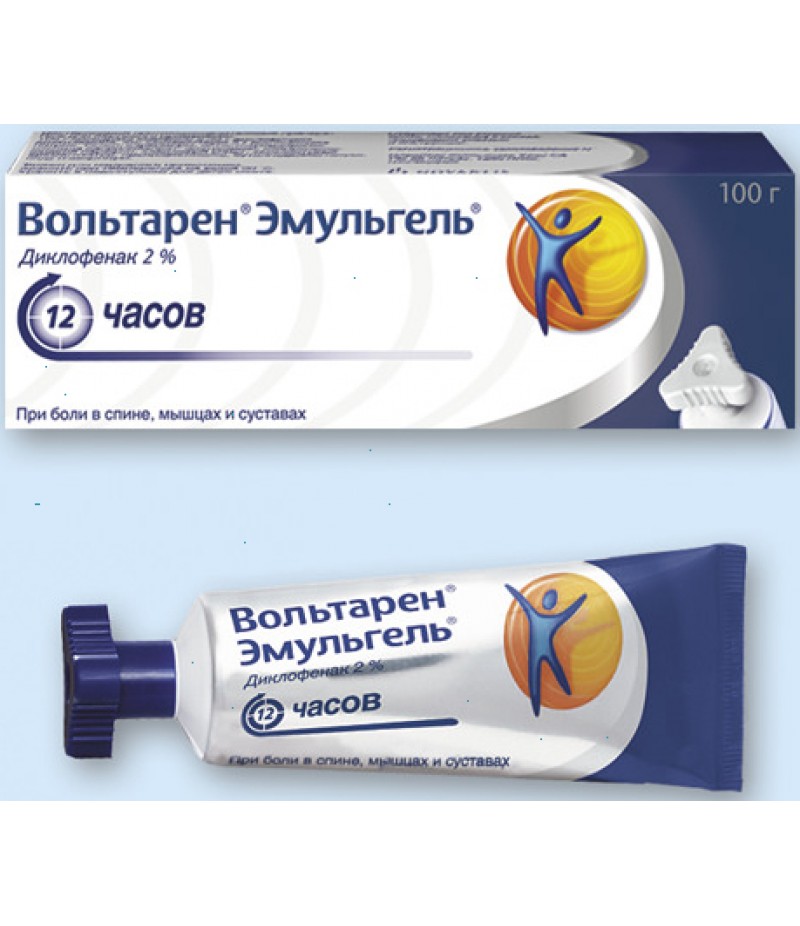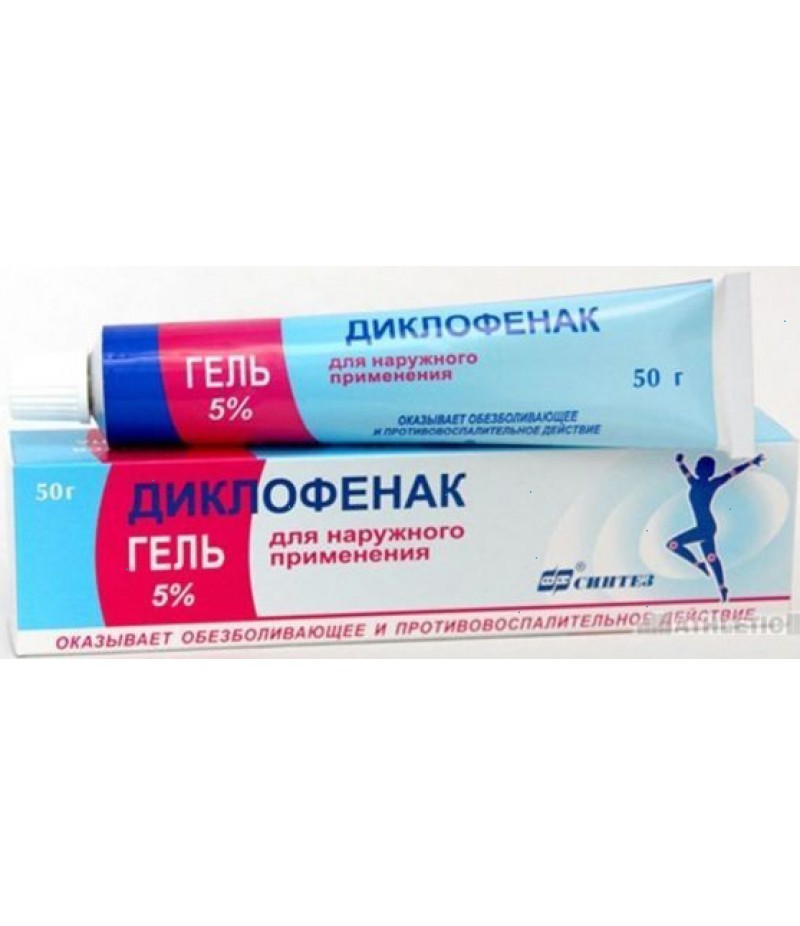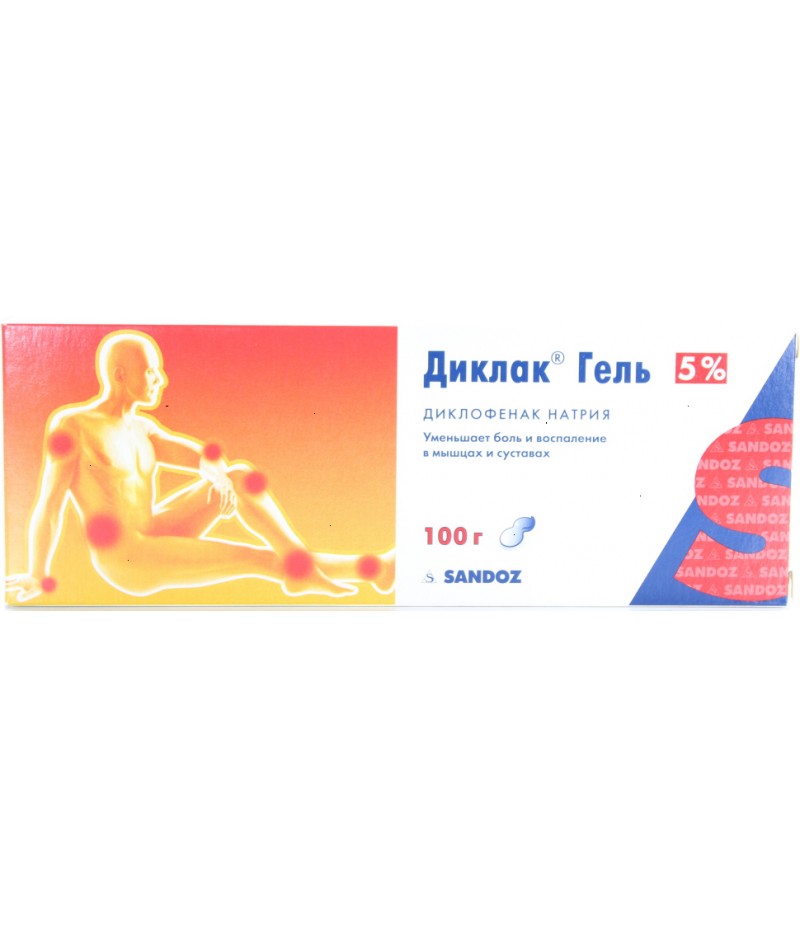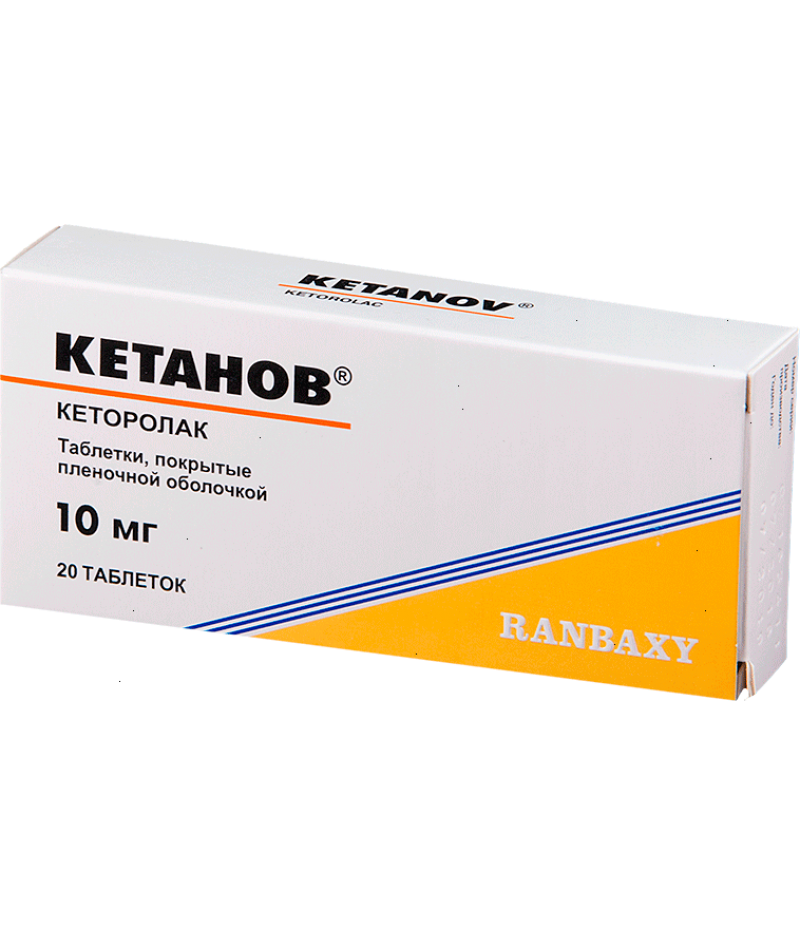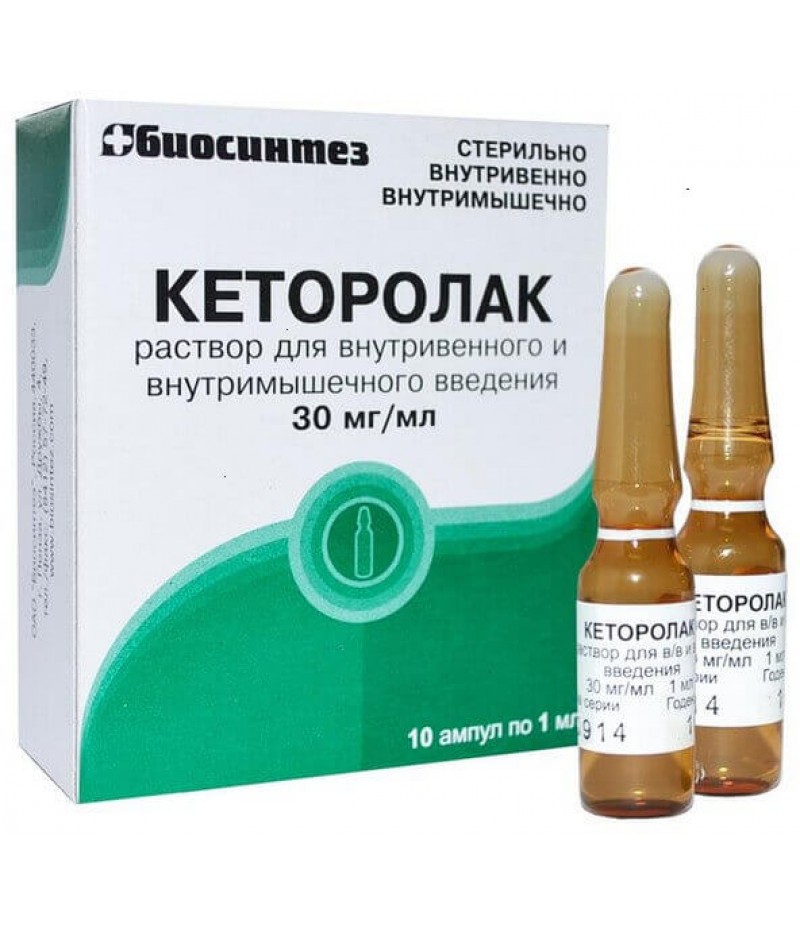Ketorol gel 30gr
- $13.41
- 3 or more $13.15
- Availability:In Stock
Ketorol user manualYou can buy Ketorol hereCompositionComposition of tablets: ketorolac (10 mg / tab.), MCC, lactose, corn starch, colloidal silicon dioxide, Mg stearate, carboxymethyl starch Na (type
Tags: gel
Ketorol user manual
You can buy Ketorol here
Composition
Composition of tablets: ketorolac (10 mg / tab.), MCC, lactose, corn starch, colloidal silicon dioxide, Mg stearate, carboxymethyl starch Na (type A).
The film sheath includes: hypromellose, propylene glycol (additive E1520), titanium dioxide; dyes brilliant blue (22%) and quinoline yellow (78%) - olive green.
Composition of the solution: ketorolac (30 mg in milliliters), octoxynol, EDTA, Na chloride, ethanol, propylene glycol (additive E1520), Na hydroxide, water d / u.
Gel composition: ketorolac (20 mg in grams of gel), propylene glycol (additive E1520), dimethylsulfoxide, carbomer 974P, methyl and propyl parahydroxybenzoate Na, tromethamine (trometamol), Drimon Inde flavor, ethanol, glycerol, purified water.
Form of issue
Tablets in p / o 10 mg, package number 20. Ketorol tablets (INN - Ketorolac) are biconvex, round in shape, covered with a green coat (the nucleus is white or close to white). On one side there is an impression in the form of the letter "S".
Solution for intravenous and intravenous administration 30 mg / ml, package No. 10. Ketorol in injections is available in ampoules of 1 ml, each of which has a fracture point and a ring at the top.
Gel 2% for external use, tubes 30 g, package No. 1. Ketorol gel is a homogeneous, characteristic smelling, transparent (or semitransparent) substance.
pharmachologic effect
Tablets and solution: analgesic, anti-inflammatory, anti-pyretic.
Gel: analgesic, local anti-inflammatory.
Pharmacodynamics and pharmacokinetics
What is ketorolac?
The active substance Ketorol is a mixture in which the [+] R and [-] S enantiomers are present in equal amounts, with the analgesic effect due to the [-] S form.
Pharmacodynamics
The drug is a powerful analgesic with anti-inflammatory properties and moderately pronounced antipyretic activity.
The mechanism of its action is associated with the ability to indiscriminately inhibit the activity of the enzyme COX 1 and 2, mainly in peripheral tissues. As a result, the biosynthesis of Pg-modulators of thermoregulation, pain sensitivity and inflammation slows down.
Ketorolac does not affect opiate receptors, does not have anxiolytic and sedative effect, does not depress respiration, does not lead to the development of drug dependence.
The analgesic effect of the drug in comparison with analogues is more pronounced. The effect of its use is comparable to the analgesic effect of morphine.
After the introduction into the muscle and the intake of the pain begins to decrease, respectively, after 0.5 and 1 h. To achieve maximum effect, 60 to 120 minutes are needed.
Pharmacokinetics
Absorption in the digestive canal during ingestion is rapid. TSmakh after taking an empty stomach 1 tablet - 40 minutes.
Fatty food reduces the rate of blood smears with a simultaneous increase in the index of TCA to 1 hour and 40 minutes.
99% of the dose taken is in the state associated with plasma proteins. With hypoalbuminemia, the concentration of free substance in the blood increases.
Bioavailability 100% (regardless of the method of administration of the drug).
With parenteral administration, the substance is absorbed quickly and completely.
The equilibrium concentration of Css when Ketorol is administered iv or IM at a dose of 120 mg / day. (4 injections of 30 mg) and when administered orally at a dose of 40 mg / day. (1 tablet per 4 administration) is achieved after 24 hours. The highest values of this parameter are noted with parenteral administration of 1 ml of a solution of 4 r./day.
The substance penetrates into the breast milk: when taking a female breast-feeding 1 tablet of TCM ketorolac in milk - 2 hours.
More than 50% of the introduced ketorolac biotransformed in the liver with the formation of pharmacologically inactive metabolites. The substance is excreted mainly in the form of glucuronic metabolites and p-hydroxycetorolac. 91% of the accepted dose is excreted by the kidneys, 6% - with the contents of the intestine.
In patients with healthy kidneys, the half-elimination period averages 5.3 hours.
In the elderly, T1 / 2 is lengthened, in young people is shortened.
The functional state of the liver does not affect the pharmacokinetics of the drug. In renal lesions in which the plasma creatinine concentration is 19-50 mg / l, the half-elimination period is extended to 10.3-10.8 hours, if renal failure is more pronounced this figure exceeds 13.6 hours.
It is not excreted during hemodialysis.
Indications for use
Ketorol tablets: what helps the tablet form of the drug?
The medicine helps to reduce moderate / severe pain and inflammation, but does not affect the progression of the disease.
Tablets are effective in case of toothache, headache, pain that occurs during menstruation, after trauma, in the postoperative and postpartum periods, against cancer, in peripheral nerves, in radiculopathy, arthralgia, myalgia, sprains, sprains, rheumatic diseases .
What helps the medicine in pricks?
Ketorol in ampoules, like the tablet form of the drug, is used to relieve pain of medium and strong intensity.
Parenteral administration of the drug is preferred in situations where it is necessary to quickly relieve the pain, and also if the patient can not take it inside (for example, with peptic ulcer or because of a vomiting reflex).
Indications for the use of Ketorol: what is the gel used for?
Local application of the gel helps to reduce pain and inflammation with:
trauma (inflammation and bruises of soft tissues, including after trauma, bursitis, synovitis, spinal cord injury, epicondylitis, tendonitis);
myalgia;
arthralgia;
radiculitis;
neuralgia;
rheumatic diseases.
Contraindications
Contraindications for parenteral administration and administration of Ketorol by mouth:
hypersensitivity to the components of the solution / tablets;
complete or partial combination of clinical manifestations of aspirin bronchial asthma (intolerance of NSAIDs, asthma attacks, polypsic rhinosinusitis);
the presence of erosion and ulcerative defects on the mucosa of the upper gastrointestinal tract;
bleeding in the active phase (gastrointestinal, cerebrovascular or other);
aggravated inflammatory bowel disease;
hemophilia and other pathologies of the hemostatic system;
terminal stage of development of heart failure (decompensated heart failure);
functional disorders or active course of liver disease;
confirmed hyperkalemia;
postoperative period after CABG;
renal failure, in which the creatinine concentration does not exceed 30 ml / min, progressive kidney pathology;
pregnancy, childbirth, lactation;
age to 16 years.
Relative contraindications:
congestive heart failure;
bronchial asthma (BA);
IHD;
hypersensitivity to NSAIDs;
pathological dis- or hyperlipidemia;
cerebrovascular pathologies;
arterial hypertension;
kidney damage in which the creatinine concentration is below 60 ml / min;
sepsis;
cholestasis;
edematous syndrome;
diabetes;
SLE;
chronic obliterating diseases of lower limb arteries;
treatment with other NSAIDs, anticoagulants, antiaggregants, SSRIs, oral GCS;
ulcerative lesion of the alimentary canal in the anamnesis;
smoking;
elderly age (from 65 years);
alcohol abuse;
severely leaking somatic diseases.
External application of Ketorol is contraindicated in hypersensitivity to any of the components of the gel, aspirin BA, eczema, wet dermatitis, after the 27th week of pregnancy and during lactation. The gel is not designed to treat open wounds and infected abrasions. The drug is prescribed to adolescents from the age of sixteen.
With caution, Ketorol gel should be used for hepatic porphyria (at the stage of exacerbation of the disease), severe hepatic / renal insufficiency, CHF, asthma, in pregnant women (in the first and second trimesters) and in the elderly.
Side effects
More than 3% of patients with parenteral administration and oral administration of Ketorol are:
diarrhea and gastralgia (especially in elderly people with peptic ulcer in history);
dizziness, increased drowsiness, headache;
edema (fingers, feet, ankles, legs, face);
weight gain.
Fewer (1-3% of patients) recorded:
flatulence, stomatitis, a feeling of fullness of the stomach, vomiting, constipation;
increased blood pressure;
purpura, rash (including maculopapular) on the skin;
pain and / or burning sensation at the injection site;
increased sweating.
Rare side effects that occur in less than 1% of patients:
nausea;
the formation of erosions on the gastrointestinal mucosa or its ulceration (including perforation and / or bleeding, the symptoms of which are burning, pain and spasm in the epigastric region, bloody vomiting (coffee grounds), melena, heartburn, nausea, etc.);
hepatomegaly;
hepatitis;
acute inflammation of the prostate;
Arrester;
cholestatic jaundice;
pain in the lower back (sometimes accompanied by azotemia and / or hematuria);
HUS, manifested dominant in the clinical picture of kidney failure, as well as hemolytic anemia and thrombocytopenia;
change in the volume of urine (decrease or increase);
frequent urination;
edema of kidney origin;
nephritis;
hearing loss, tinnitus;
visual impairment (blurred perception of visual images);
rhinitis, bronchospasm, laryngeal edema;
aseptic meningitis;
hyperactivity (anxiety, mood swings);
depression;
mental disorders;
hallucinations;
sudden loss of consciousness;
pulmonary edema;
swelling of the tongue;
leukopenia, eosinophilia, anemia;
bleeding (from the lower sections of the gastrointestinal tract, nose, postoperative wound);
exfoliative dermatitis;
Lyell's syndrome, malignant exudative erythema, urticaria;
anaphylactoid reactions or anaphylaxis;
fever.
With external application of ketorolac, peeling of the skin at the site of application of the gel, hives, itching is possible.
When applying the drug over a large area of the body, it is possible that systemic effects may develop, including:
ulceration of the mucosa of the digestive canal;
heartburn, diarrhea, vomiting, nausea, gastralgia;
increased activity of aspartate and alanine aminotransferase in the liver;
dizziness, headache;
hematuria;
fluid retention;
hypersensitivity reactions;
prolonged bleeding time;
anemia, leuko- and thrombocytopenia, agranulocytosis.
Instructions for use Ketorol
Please reed the instruction before buy Ketorol.
Ketorol tablets: instructions for use
The medication is taken orally from 1 to 4 r. / Day. Single dose - one tablet. The highest daily dose is four tablets. Treatment should last no more than 5 consecutive days.
When switching from parenteral administration to the tablet form of the drug, the total dose of the drug in the form of tablets and solution on the day of transfer should not exceed 90 mg / day if the patient is younger than 65 years and 60 mg / day if the patient is older than that age.
The upper limit of the daily dose of Ketorol in tablets on the day of transition is 30 mg.
Ketorol injections: instructions for use
The solution is intended for intramuscular and intravenous administration. Use the drug in this dosage form in minimal effective doses.
If this is necessary, Ketorol can be used in combination with narcotic analgesics (the latter is prescribed in reduced doses).
Patients under the age of 65 years, provided that their weight is more than 50 kg, single injection into the muscle can not more than 2 ml of the solution (taking into account oral intake). Typically, for pain relief, 1 ml of Ketorol is injected into the ampoules every six hours.
Ketorol IV infusion of 1 ml so that the volume of medication administered over five days does not exceed 15 single doses.
Patients weighing less than 50 kg, as well as patients with CRF, a single dose when Ketorol is injected into the muscle should not exceed 1 ml of the solution (taking into account oral intake).
Typically, the drug is administered at 0.5 ml so that for five days the patient received no more than 20 single doses.
Intravenously, a patient with CRF or weight less than 50 kg can inject no more than 0.5 ml of the solution every six hours (within five days not more than 20 single doses).
The upper limit of the daily dose for parenteral administration of Ketorol for patients younger than 65 years with a weight of more than 50 kg is 90 mg, for patients with CRF and patients weighing less than 50 kg, 60 mg.
The drug can be applied no more than 5 days in a row.
The IV solution should be administered for at least 15 seconds. In / m Ketorol is injected deep into the muscle and also slowly.
The drug begins to act in half an hour after administration. The maximum anesthesia is noted one or two hours after the injection.
Gel Ketorol: instructions for use
Gel (ointment) should be applied to washed and dried skin. A single dose of the drug - a column 1-2 cm in length. Ketorol is distributed on the surface of the most painful area with soft massaging movements of 3-4 r. / Day.
Repeated use of the drug is possible not earlier than 4 hours later.
Use the gel is allowed no more than 4 times a day. Do not exceed the recommended dose.
If after 10 days of Ketorol treatment the patient's condition does not improve or if pain and inflammation increase, it is necessary to stop using the drug and seek medical help.
Without consulting a doctor, the gel can be applied for no more than 10 days.
Additionally
If the drug is used in combination with narcotic analgesics (solution, tablets or suppositories), the dose of the latter can be reduced.
Overdose
Symptoms of overdose during parenteral and oral administration: nausea, abdominal pain, vomiting, kidney dysfunction, erosive lesions and ulceration of the gastrointestinal mucosa, metabolic acidosis.
When there are signs of intoxication, the victim is rinsed and given enterosorbents. Further treatment is symptomatic. Dialysis does not allow to sufficiently remove ketorolac from the body.
Cases of overdose with external use of the drug are not described. If you accidentally take the gel inside, you should clean the stomach (showing the induction of vomiting and taking enterosorbent) and consult a doctor.
Interaction
Drug Interactions for Ketorol Solution and Tablets
The use of ketorolac in combination with other NSAIDs, ASA (acetylsalicylic acid), ethanol, calcium preparations, Corticotropin and GCS can lead to ulceration of the gastrointestinal mucosa and the development of bleeding from ulcerative defects.
Co-administration with methotrexate helps to increase hepato- and nephrotoxicity, with paracetamol-nephrotoxicity. With methotrexate, ketorolac can be given only if Methotrexate is used at the lowest possible dose (while monitoring plasma methotrexate levels).
Probenecid reduces the volume of distribution and plasma clearance of ketorolac, increases its plasma concentration and increases the half-elimination period. Against the background of the use of ketorolac, the clearance of Li and Methotrexate may decrease, and the toxicity of these substances may be increased.
The use in combination with indirect anticoagulants, preparations for thrombolytic therapy, heparin, cephalosporin antibiotics, antiaggregants increases the risk of bleeding.
Ketorolac, acting as an inhibitor of Pg synthesis in the kidneys, reduces the effect of diuretics and antihypertensives.
In the case of simultaneous use with narcotic analgesics, the doses of the latter can be much lower.
Antacid preparations do not change the absorption of ketorolac.
Increases the hypoglycemic effect of oral antidiabetics and insulin, which requires a recalculation of the dose.
Joint use with valproic acid provokes a violation of platelet aggregation.
Increases the plasma concentration of Nifedipine and Verapamil.
When combined with other nephrotoxic agents (for example, with drugs Au), the likelihood of developing nephrotoxic effects increases.
Blocking tubular secretion drugs reduce clearance and increase the plasma concentration of ketorolac.
Drug interactions with external application of ketorolac
The possibility of pharmacokinetic interaction with competing drugs for plasma protein binding is not ruled out.
The gel should be used with caution in combination with Phenytoin, other NSAIDs, diuretics, Digoxin, Cyclosporine, Li preparations, Methotrexate, antidiabetic and hypotensive drugs.
Patients who use any of these drugs should begin treatment with Ketorol only with the approval of a doctor.
Storage conditions
All dosage forms of the drug should be stored at a temperature below 25 ° C.
Shelf life
Tablets and solution - three years. Gel - two years.
special instructions
The choice in favor of this or that dosage form is made taking into account indications for use and intensity of pain.
Pills:
The use of Ketorol for more than five consecutive days and / or at a dose exceeding the maximum allowable increases the risk of adverse reactions.
The drug should not be administered concomitantly with other NSAIDs, as simultaneous use with them leads to cardiac decompensation, fluid retention, increased blood pressure.
Effects caused by the influence of ketorolac on platelet aggregation disappear after 24-48 hours.
Ketorolac can change the properties of platelets, but the drug does not replace the preventive effect of ASA in the pathologies of the heart and blood vessels.
To reduce the likelihood of developing NSAID-gastropathy, the drug should be taken with omeprazole, misoprostol, antacid agents.
Before prescribing the solution, it should be ascertained whether the patient had previously had an allergic reaction to the drug or other NSAIDs. Because of the risk of developing hypersensitivity reactions, the first dose is administered under close medical supervision.
Hypovolemia increases the risk of nephrotoxic effects.
It is not recommended to use the solution as a means for preparing the patient for general anesthesia, as well as for maintaining anesthesia in extensive surgical interventions.
During the treatment with Ketorol, caution should be exercised when controlling the vehicle and the mechanisms.
Gel (ointment) Ketorol is recommended to apply only on intact skin, avoiding getting into wounds and mucous (including the eye).
The drug should not be used under bandages from airtight materials. After applying Ketorol on the skin, you should wash your hands well with soap and water.
Which is better - Ketorol or Ketonal?
Ketonal is a drug, the main of which is NSAID ketoprofen (a derivative of propionic acid). The medicine has the same indications for use as Ketorol.
With parenteral administration, the analgesic effect is manifested after 15-30 minutes. With intravenous infusion of ketorolac, the plasma concentration reaches its maximum values after 4 minutes.
The difference between ketoprofen and ketorolac is also a shorter half-elimination period - less than 2 hours.
Studies of the efficacy of drugs for anesthetizing postoperative patients have shown that ketorolac provides a faster, more effective and lasting effect than its analogue, and also less affects the hemostasis system.
Can I give Ketorol to children?
The annotation states that all dosage forms of the drug are intended for treatment of patients over 16 years of age (according to Wikipedia, the age of up to 16 years is a relative contraindication).
The reason for this restriction is that the use of ketorolac in children can cause visual and hearing impairments, depression, nephritis, pulmonary edema, allergic reactions and other severe complications.
Therefore, it is better for a child to give more safe means for pain relief - for example, paracetamol or ibuprofen.
Compatibility with alcohol
With the joint use of Ketorol and alcohol, the risk of ulcerative defects in the mucosa of the digestive canal and the development of gastrointestinal bleeding increase.
Ketorol in pregnancy
The solution and tablets are contraindicated in pregnancy and breastfeeding.
External application is allowed in the first and second trimesters, but after 27 weeks, the use of the gel may cause a miscarriage of pregnancy or a complicated course of labor.
Reviews of Ketorol
Reviews of Ketorol in tablets, as well as reviews of injections and gels in 95-98% of cases are positive. Ketorol from toothache, from pain in the back and muscles, from the headache helps already for half an hour, and its effect persists to six hours.
Most patients note that when the drug is administered according to the instructions, side effects are extremely rare. Sometimes the disadvantages of Ketorol are a large number of contraindications and the impossibility of prolonged use.

